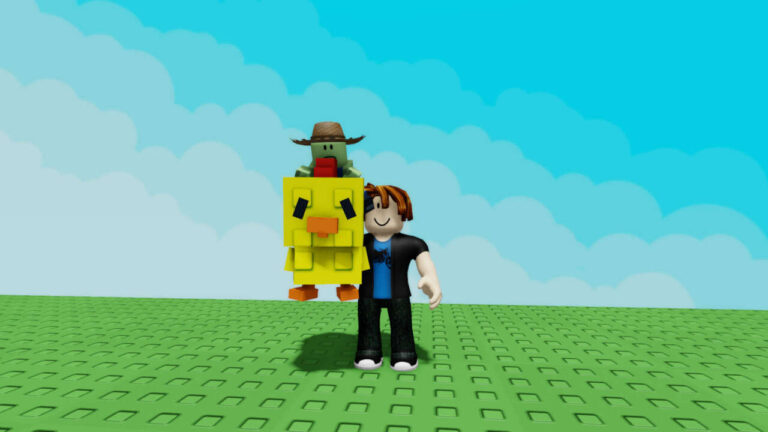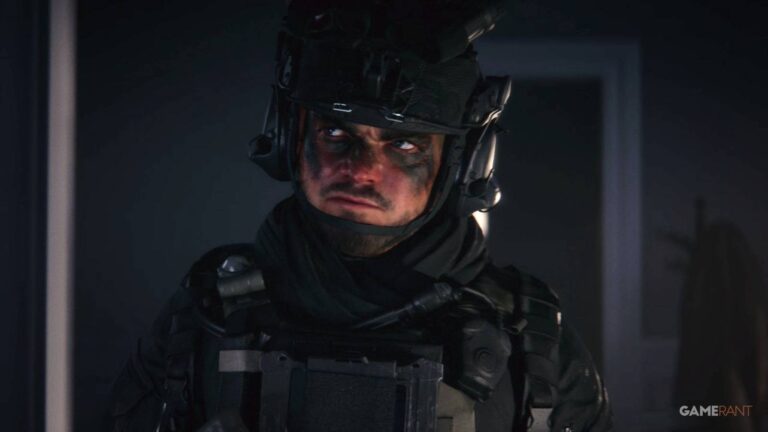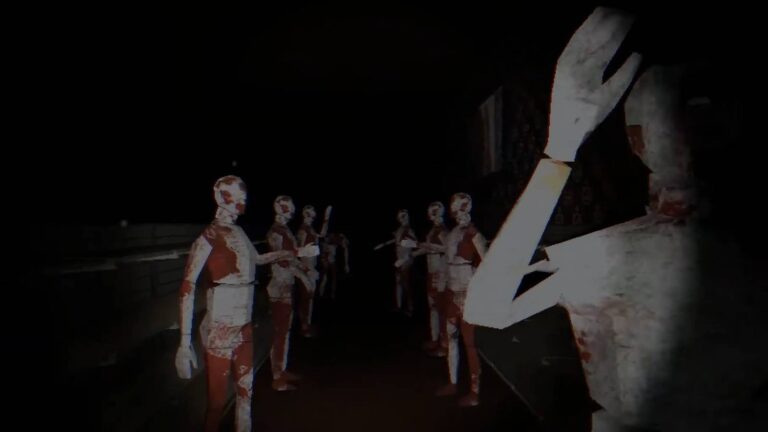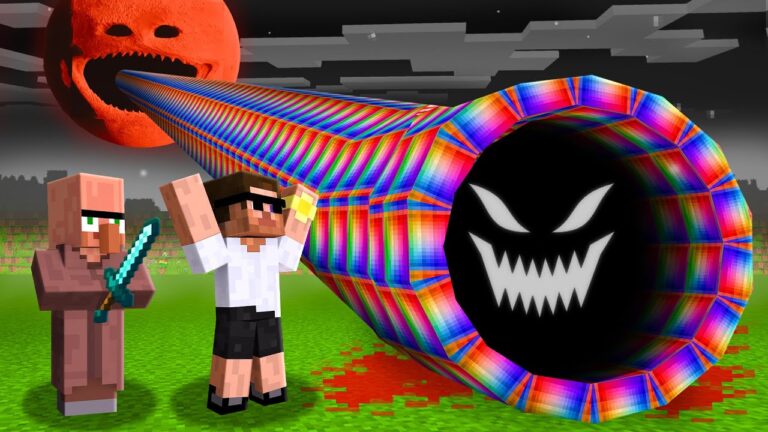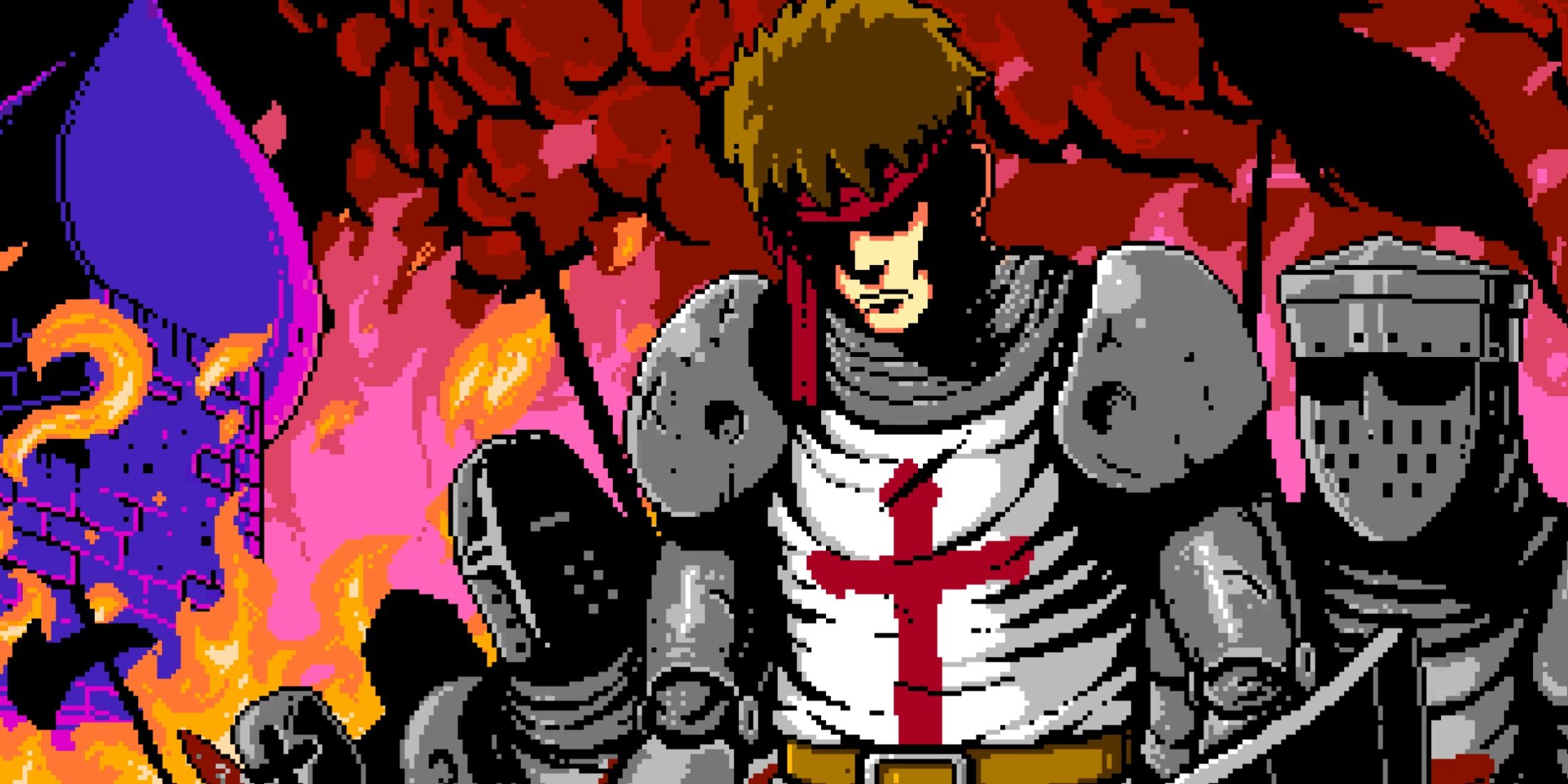
Summary
- Metroidvanias can feature co-op gameplay, offering a unique twist to the genre’s traditional solo experience.
- Single-player metroidvanias like Super Metroid and Symphony of the Night remain engaging and don’t necessarily need co-op.
- The quality of co-op execution in games like Abyss Odyssey and Sundered can impact overall player experience.
A Metroidvania with co-op? Many fans of the genre probably don’t even know that’s possible, but there are a few examples. It somewhat contradicts the established genre norms, which explains why there aren’t many. Super Metroid was an isolating borderline horror game that put Samus to the test. Alucard wasn’t exactly quaking in his boots in Castlevania: Symphony of the Night, but his solo struggle helped him become a better character.
Metroidvanias don’t need co-op to be fun, unlike other genres. Still, fans should check these Metroidvania games out, because they all feature some form of co-op options that make them accessible to a group of friends looking to play together. Their overall quality will be ranked based on how well the co-op was executed.
8
Abyss Odyssey
A Forgotten Atlus Gem
- Multiplayer: Two Players Locally/Online
Abyss Odyssey is a somewhat obscure game nowadays, but it was an early introduction to the realm of roguelikes, and it also happened to be a Metroidvania. The most striking aspect of the game was its visuals, which featured a watercolor aesthetic that helped it stand out from the PS3 generation of downloadable games.
With a friend locally or online, the game can be played cooperatively, which always makes roguelikes easier. It received a PS4 edition as its most recent port, as of 2015, making it easily accessible and worth exploring this entry from Atlus’ more obscure catalog of published games.
7
Curse Of The Sea Rats
The Rescuers Overseas
- Multiplayer: Four Players Locally
Curse of the Sea Rats is a more recent Metroidvania, or as the developers want players to proclaim it, a “Ratroidvania.” Players can choose between four different rodent characters, each with a pirate theme and a variety of skills. The visual style has a nice animated look, and the support for four players locally makes it a fun party game.
It seems like multiplayer was at the forefront of the development process, as character moves are a bit basic, but this also ensures that the spread-out local co-op doesn’t get too chaotic, which is a nice touch. This is all to say, it’s a better multiplayer game than a single-player Metroidvania.
6
Sundered
Visually Stunning
- Multiplayer: Four Players Local
Sundered launched without co-op in 2017, but was a solid roguelike with Metroidvania elements and a massive skill tree. The art style is mesmerizing, doing wonders for the combat by keeping the animations flowing like water.
In a 2018 update, co-op was added for local gameplay with up to four players. Unlike Curse of the Sea Rats, this can make Sundered a bit chaotic with a full party since the action is a lot more dynamic. Two people is probably the sweet spot where most players want to be, but at least there’s an option for four.
5
Infernax
A Pixel Throwback
- Multiplayer: Two Players Locally
Infernax was one of 2022’s most underrated games. It’s on par with other indie pixel art masterpieces, such as Shovel Knight and Undertale, in terms of quality. It was like a cross between classic Ghosts ‘n Goblins and Castlevania games, but with a proper Metroidvania design.
Infernax was great to play alone, but a year later it got even better thanks to the addition of two-player local co-op. Infernax is widely available on most platforms, and whether alone or with a friend, this is a must-play for retro fans.
4
Salt And Sacrifice
Dark Soulsvania
- Multiplayer: Two Players Local/Online
Salt and Sacrifice is a Soulslike Metroidvania that is brutal when played alone. Thankfully, the entire game can be played with a friend online or locally. It’s a big improvement over its predecessor, Salt and Sanctuary, which only had partial co-op.
Defeat enemies, loot them for weapons, face larger-than-life bosses, and repeat. It’s one of the best 2D Soulslikes ever made, and it can stand toe to toe with any of FromSoftware’s games, which should say everything.
3
Disney Illusion Island
Oh Look, A Mickeyvania
- Multiplayer: Four Players Locally
Disney Illusion Island, like many Disney games, is a great one to play with the full family or with friends who are not accustomed to video games. Beyond the boss fights, there is almost no combat in the game, as it prioritizes exploration first and comedy second. How many Metroidvanias can say that?
Mickey, Donald, Goofy, and Minnie all play the same way, but they will get different, personalized versions of the same power-up, with Donald often getting the short end of the stick. It’s bright, vibrant, easy to jump into, and just a great Mickey game all around.
2
Cave Story
The First Indie Metroidvania
- Multiplayer: Two Players Locally
Cave Story was initially released as a PC game in Japan in 2004. Thanks to word of mouth, it received ports westward on a variety of consoles over the next decade. Fans will all have their favorite versions, such as the 3DS port, which supports full 3D visuals instead of pixel art.
Cave Story+, the 2017 Switch edition, added full campaign co-op with another person locally. Even if players don’t pick this one up to play co-op, they should at least experience Cave Story in some form, as it represents the start of the indie movement.
1
Guacamelee
OMG, Is That Juan’s Music?!
- Multiplayer: Four Players Locally
Guacamelee, and its direct sequel, were at the forefront of incorporating co-op into Metroidvanias. Players could team up with four friends locally to have a brawl of a time. The game is unlike most Metroidvanias beyond the multiplayer, as it stars Juan, who receives a magical luchador mask, which he uses to get his beloved back from the underworld’s minions.
Punch, grapple, throw enemies across battle arenas, and platform through intense puzzles by switching between dimensions. It’s a top-tier Metroidvania with hilarious wrestling mechanics, no matter which way players slam it into the mat.
